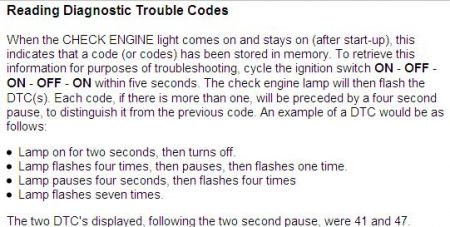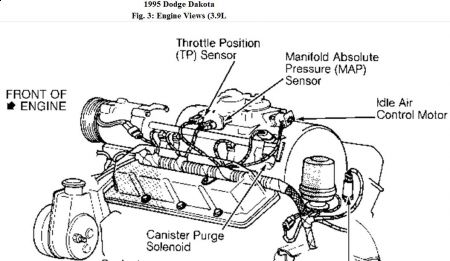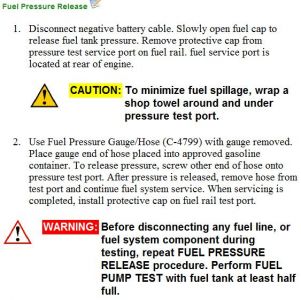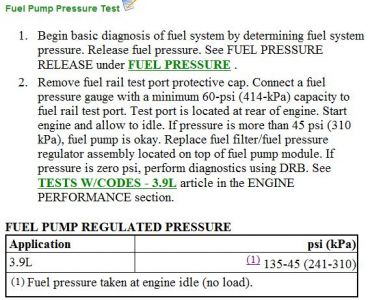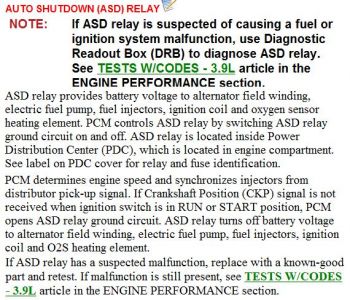It's screwed into the driver's side of the throttle body and has three wires on it. Don't waste your time testing it; just find a good used one in the salvage yard and stick it in. Older units had a vacuum hose that you could remove and attach a pump to. Yours has a threaded fitting.
The only thing you can watch with a voltmeter is the voltage. You won't know if it's the correct voltage or not. The engine computer watches a number of characteristics of the sensor that you can't duplicate. The voltage could be correct, but it could be slow to respond. A good sensor is so sensitive, it could be used to measure engine rpm by detecting each individual pulse of air movement as a piston moves down on the intake stroke. A sluggish sensor will set a "pneumatic failure" diagnostic fault code and turn on the "Check Engine" light even though the average voltage is correct. Incorrect voltages will adversely affect engine performance, but as long as those voltages remain between.5 and 4.5 volts, no fault code will be set. When the ignition switch is first turned on, the sensor voltage represents barometric pressure. If the sensor fails to respond after the engine starts, the fault code "no change in MAP from start to run" will be set. This change must occur instantly. You can't pump it into a vacuum fast enough to test this response.
Sensors often have intermittent problems. If you test one while it's working properly, then assume it's good, you'll end up looking all over the place for the cause of the problem. Everything you do from then on introduces another potential problem into the story. Loose or stretched connector pins, corroded splices, even changing a handful of sensors can add new variables to the problem.
As an example, no two coolant temperature sensors will measure the same resistance at a given temperature. The engine computer learns the correct values over time, in this case, by comparing it to the battery temperature sensor voltage after the engine has been off for a specific period of time. The two sensors will be assumed to be at the same temperature. When you replace one of them, the computer sees the two different readings and has to figure out what the correct values are and put those in memory.
Professionals never waste time testing sensors; they install new ones based on the symptoms. If the new one doesn't solve the problem, they put the old one back in before doing more diagnostics. This is assuming they got the car as soon as the original problem developed. When people wait a long time to bring the vehicle in, or worse yet, blindly try to fix it themselves first, then bring it in, the mechanic knows there will likely be multiple problems, so he has a different mindset when doing the diagnostics. Now when he sticks in new parts that don't solve the problem, he will leave them in until the problems are all solved, then try to remove one new part at a time. As long as good engine performance continues, the removed new parts weren't necessary for the repair and a conscientious mechanic and shop owner won't make you pay for them.
Diagnostics will take longer and be much more difficult when a customer tries to hide the fact that they tried to fix it themselves first. Sometimes all that's needed is to drive the vehicle for a number of miles / shift cycles for the computer to relearn sensor values and operating conditions. Without knowing the true recent history of the vehicle, the mechanic will assume there's an unsolved problem that must be diagnosed. You pay by the hour for his knowledge and experience just like you do when you go to the doctor. Anything that makes the diagnostics and repairs take longer ultimately costs you more money.
Caradiodoc
Thursday, September 7th, 2017 AT 5:27 PM
